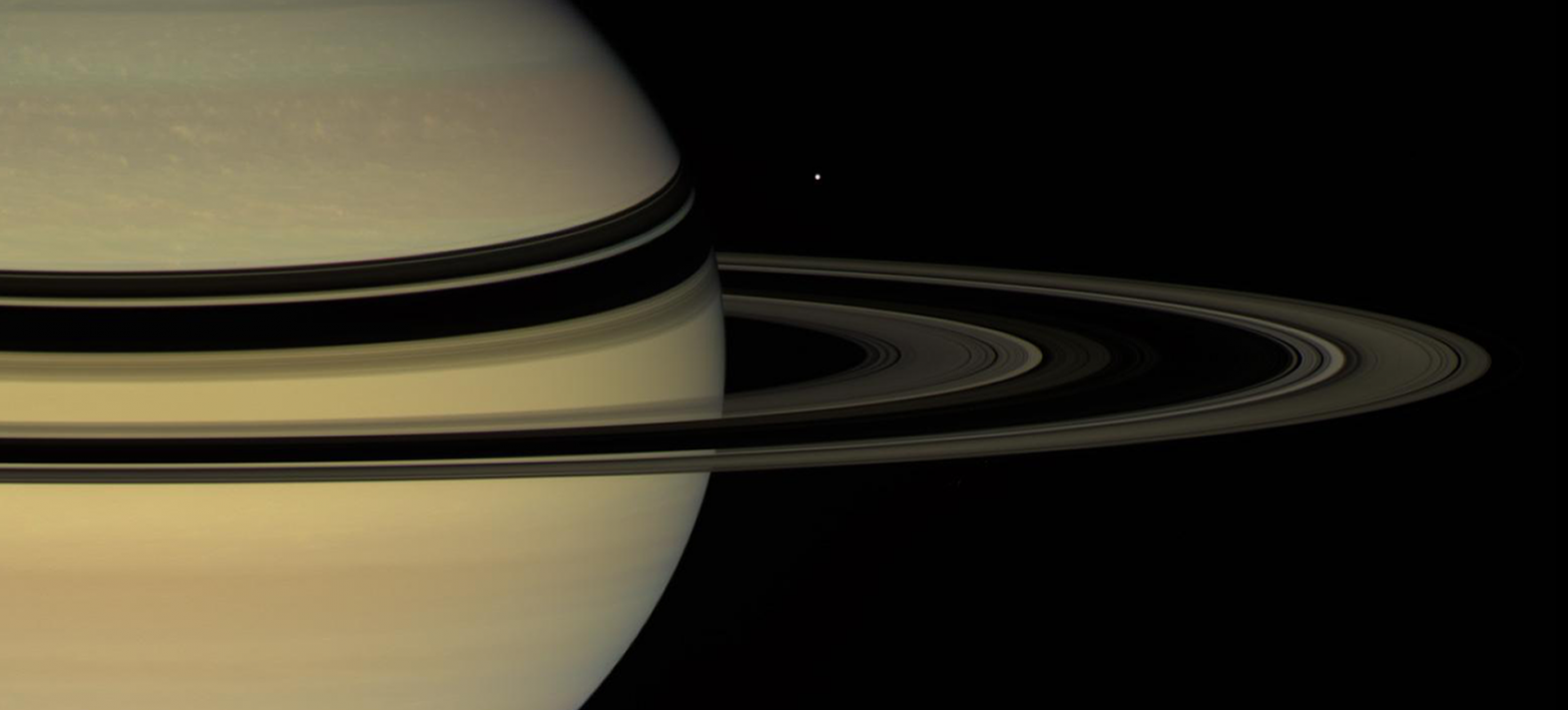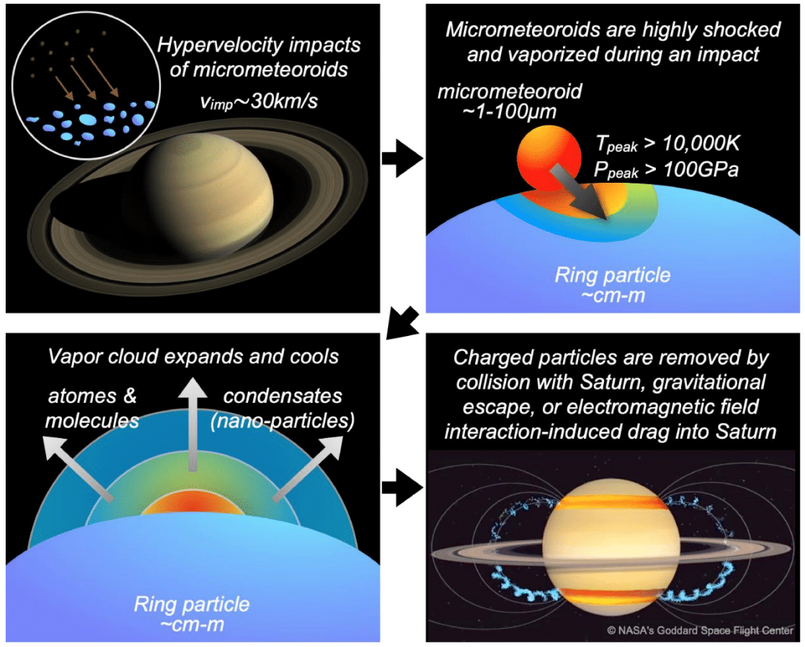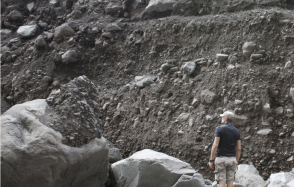A New Perspective on the Age of Saturn’s Rings
A recent study, published in Nature Geoscience on December 16, 2024, reveals that Saturn's rings may be much older than previously thought.

NASA/JPL-Caltech/Space Science Institute
Publication date: 23/01/2025
Press, Research
Related teams :
Cosmochemistry, Astrophysics and Experimental Geophysics (CAGE)
Related themes : Origins









